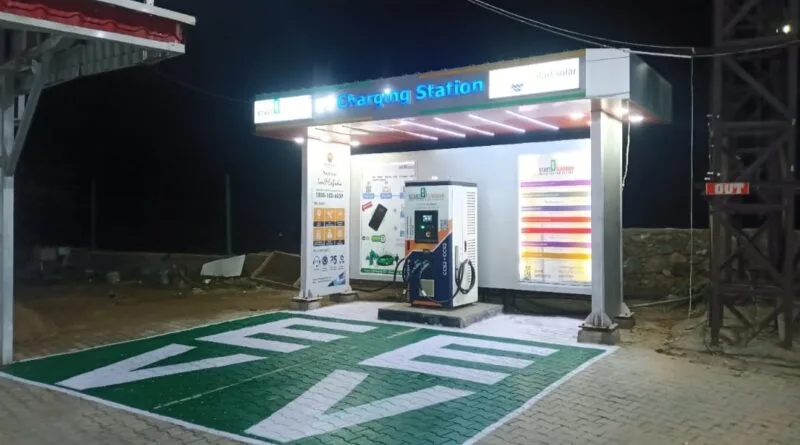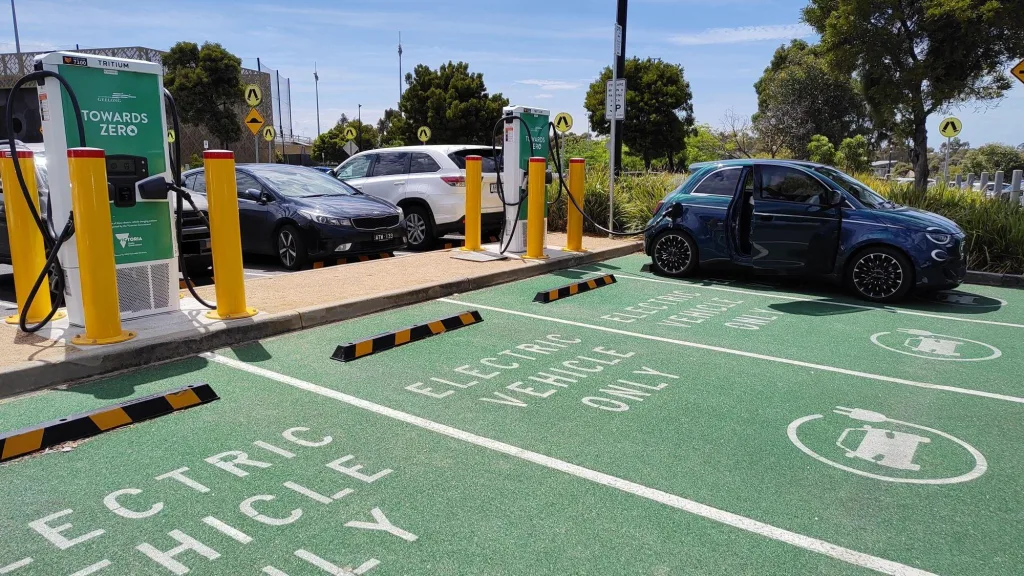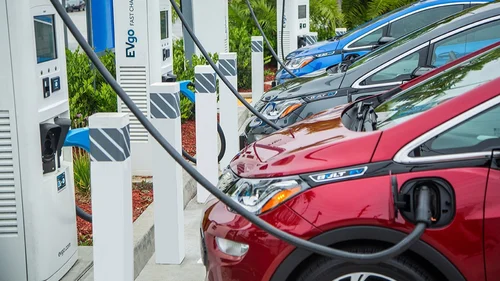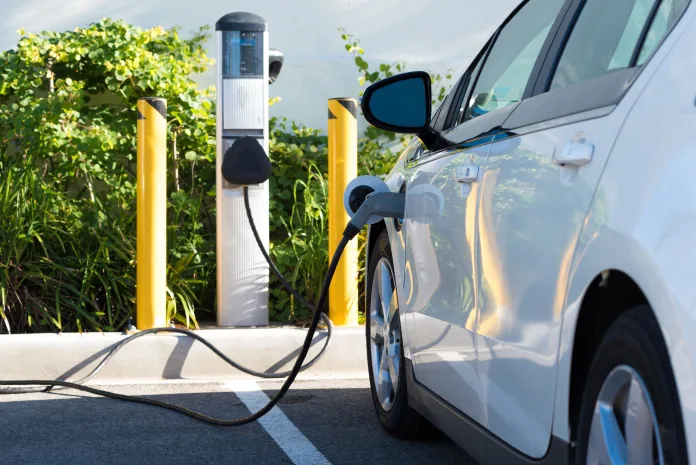In the picturesque landscapes of Himachal Pradesh, a quiet revolution is unfolding—one that promises to transform the state’s transportation ecosystem. The recent approval of 402 electric vehicle (EV) charging stations marks a pivotal moment in India’s sustainable mobility journey, positioning Himachal Pradesh as a trailblazer in green infrastructure development.
Table of Contents
Comprehensive Charging Station Distribution

| Location Type | Number of Charging Stations | Strategic Significance |
|---|---|---|
| PWD Rest Houses | 252 | Extensive government infrastructure coverage |
| Forest Department Rest Houses | 100 | Protecting ecological zones while promoting green mobility |
| Jal Shakti Rest Houses | 19 | Water resource management facilities embracing clean energy |
| HPSEBL Premises | 18 | Direct integration with power infrastructure |
| DC and SP Office Complexes | 12 | Administrative centers leading by example |
| Baddi Barotiwala Nalagarh Development Authority | 1 | Strategic urban development zone |
| Total | 402 | Comprehensive State-wide Network |
The Strategic Vision Behind EV Infrastructure
Chief Minister Sukhvinder Singh Sukhu’s vision extends beyond mere infrastructure development. This initiative represents a holistic approach to sustainable transportation, addressing multiple critical aspects:
- Environmental Conservation
- Reducing carbon footprint in the Himalayan state
- Protecting the delicate ecological balance of mountain regions
- Aligning with global climate change mitigation strategies
- Economic Transformation
- Creating new job opportunities in green technology
- Attracting investments in EV manufacturing and infrastructure
- Positioning Himachal Pradesh as a model for sustainable development
- Technological Innovation
- Encouraging local entrepreneurs in EV ecosystem
- Promoting research and development in clean energy solutions
- Creating a robust EV charging infrastructure model for other states
Current EV Landscape in Himachal Pradesh
Key Statistics:
- 4,997 electric vehicles registered
- 500 electric taxis being integrated into government fleets
- Mandatory EV procurement for all government departments
Infrastructure Development Milestones
Green Corridor Expansion

- Six highways designated as green corridors
- 23 charging stations already operational at petrol pumps
- 90 additional petrol pumps to be equipped with charging infrastructure
- HPTDC installing charging stations at 65 hotels
- 44 EV charging stations in private hotels
Technological and Policy Innovations
The state’s approach goes beyond mere installation:
- Smart charging infrastructure with real-time monitoring
- Integration of renewable energy sources
- Standardized charging protocols
- Incentives for private sector participation
- Simplified permissions for charging station setup
Economic and Environmental Impact
Projected Benefits:
- Estimated 30% reduction in transportation-related emissions
- Potential creation of 5,000+ green jobs by 2026
- Projected savings of ₹150 crore in fuel costs
- Enhanced tourism potential through sustainable transportation
Challenges and Future Roadmap

While ambitious, the project faces challenges:
- Mountainous terrain infrastructure deployment
- High initial investment costs
- Need for continuous technological upgrades
- Battery technology improvements
- Grid stability and power management
Conclusion: A Blueprint for Sustainable Mobility
Himachal Pradesh’s 402 EV charging stations represent more than infrastructure—they symbolize a transformative vision of sustainable, clean, and intelligent transportation. As India moves towards a greener future, this Himalayan state stands as a beacon of innovation and environmental stewardship.


